Institutions exhibiting contemporary Australian art When the National Gallery of Victoria presented its Melbourne Now exhibition, late in 2013, it was greeted with a mixed critical reaction. Personally, I was very supportive as I love going to a high calibre exhibition in a major art institution where more than half of the 450+ participants are unfamiliar to me. It was dazzling and with a huge ‘wow’ factor even if, in retrospect, it may have appeared somewhat rushed with many major artists excluded and some of the more marginal ones given too much emphasis. What was exciting was the broad-brush approach and the preparedness for a leading Australian art institution to put on its walls and gallery spaces new, emerging and established local artists and designers. Later in 2017 the Melbourne gallery will present its inaugural NGV Triennial which will bring together 78 artists from 32 countries, but with only nine artists from Australia. The Adelaide Biennial kicked off in 1990 and, apart from the Art Gallery of South Australia, by 2016 it had spread to the Anne & Gordon Samstag Museum of Art at UniSA, JamFactory, Carrick Hill and the Santos Museum of Economic Botany in the Adelaide Botanic Gardens. More tightly curated than Melbourne Now and national rather than regional in its orientation, the focus has been on the more established names, rather than the emerging and potentially surprising revelations. Highlights in 2016 included Abdul-Rahman Abdullah, Pepai Jangala Carroll, Louise Haselton, Loongkoonan, Danie Mellor, Nell, Ramesh Mario-Nithiyendran, Gareth Sansom, Robyn Stacey, Garry Stewart and the Australian Dance Theatre, Tiger Yaltangki and Michael Zavros. The appointment of Erica Green (Director of the Anne & Gordon Samstag Museum of Art) as curator of the 2018 Adelaide Biennial means it will be in a safe pair of hands with another strong crowd-pleasing selection. Australian art has always been the Achilles’ heel of the Sydney Biennale since its inauguration in 1973. Its primary function was to bring Australian artists and art audiences up to date with the latest developments in international art (such a 1950s notion!) and include Australian artists that would usually make the international selection look good. Despite the generosity of its main sponsors, the Sydney Biennale has always been poorly funded and appeared as the poor cousin of the big biennials and triennials abroad and decisively shabby compared with big art fairs such as the Frieze circuit and the Art Basel circuit. The Australian Perspecta commenced as a biannual exhibition in 1981, held in alternate years to the Biennale, and designed as a showcase for contemporary Australian art practice. When the Australian Perspecta moved out of its home at the Art Gallery of New South Wales to take on other venues in Sydney, following in the footsteps of the Biennale, it seemed to lose focus and definition and quietly folded in 1999. Since then Sydney has had no regular exhibition dealing exclusively with contemporary art practice, at least until now. The National: New Australian Art opened across Sydney in April 2017 at three venues – the Art Gallery of New South Wales, the Museum of Contemporary Art and the Carriageworks. The name is silly, as I pointed out in my review for the Fairfax media, a cross between a political party and the antiquated idea of a national school of art, but it is accompanied with a sensible catalogue and an excellent website. It is a collaborative exhibition, which is equally funded by the three venues, with funding committed for six years, in other words for two more biennials. It is national, with artists selected from every state and territory, and the selection was made by five curators from these institutions, namely, Anneke Jaspers and Wayne Tunicliffe from the Art Gallery, Lisa Havilah and Nina Mial from the Carriageworks and Blair French from the Museum of Contemporary Art. Apparently, these curators established a checklist of about 200 names, which was whittled down to the 48 artists included in the exhibition. For the next biannual there will be a new set of curators. Unlike Adelaide, there are no ‘golden oldies’ in the mix but, unlike Melbourne Now, there are no real surprises. They are all artists known around the traps with an average age in the forties. The geographic spread also dilutes any real focus and, to betray a personal prejudice, I feel that the state galleries should in shows of this nature first and foremost represent artists from their region and leave the national picture to the national institutions in Canberra. This said, there is much in the selection of artists to recommend the exhibition. Going by institution, at the Art Gallery in the foyer are powerful and confronting large-scale paintings by the late Gordon Bennett interrogating the use of Aboriginal patterns in decorative arts for white people proposed by Margaret Preston. Emily Floyd’s Kesh alphabet, for all of its imposing polychrome monumentality, is really quite a funny piece about a female orgasm as expressed in the fictitious feminist language of Kesh. Downstairs is Yhonnie Scarce’s amazing installation Death Zephyr, where a vast array of hand-blown glass elongated long yams, bush bananas and bush plums, relating to this artist’s Kokatha and Nukunu heritage with her land adjoining the prohibited zone of the test site at Maralinga. The whole thing hovers like a menacing dark, toxic cloud. Megan Cope, a Quandamooka Nation artist, in her Re Formation part 3, (Dubbagullee) builds a large mound of cement-cast oyster shells layered with black sand and copper slag. Indigenous shell monuments made of oyster shells were destroyed by colonial settlers and were frequently burnt for lime to make cement. It is one of those pieces where the attractive bewildering intricacy of detail conceals a dark force, a sense of longing for that which is now lost. One could observe that each venue carries the traces of its own DNA, the sense of tradition and collection at the Art Gallery, for example Bennett references Preston in his paintings; at the Museum of Contemporary Art, the sense of design, installation and the conceptual, for example Gary Carsley, Marco Fusinato and Peter Maloney; while at the Carriageworks, the idea of performance, industrial scale and Indigenous heritage, such as the flags and banners of Archie Moore and the brilliant performances by the veteran Kimberley artist, Alan Griffiths. At the Carriageworks, I was captivated by the work of the Wiradjuri artist Karla Dickens. I was familiar with her fabric work, but the Fight Club series is striking and unexpected. The series consists of eight metal rubbish bin lids, painted black, on which are inscribed in white lettering powerful blank verse as a continuous clockwise script. The lids appear like modern urban shields highlighting the culture of violence in Australian society.
The Museum of Contemporary Art has a number of memorable pieces including Julia Gough’s The gathering, a powerful and evocative video installation about loss in her native Tasmania and Matthew Bradley’s wacky homespun installation, like a handmade junk heap. Ronnie van Hout, a New Zealander based in Melbourne, creates a complex room-size installation on the principle of “when in doubt, put it in”. Highly self-referential in many of its aspects, the piece negotiates a space where gothic horror meets the uncanny and the surreal. It is powerful, disturbing, eerie and quite unsettling, even in small doses. For me, the brickbat award goes to Khadim Ali’s Arrival of demons mural in the entrance staircase of the museum. The only redeeming feature is the knowledge that it will be replaced in twelve months and, in the meantime, it will attract countless selfies for those who are drawn to pretty glam horror. Khadim Ali’s piece is an acquisitive site-specific installation, however many of the other exhibits are non-acquisitive commissions made for this exhibition. The National is a serious attempt made to revive the Australian Perspecta model and highlights the critical need for dedicated exhibitions of contemporary Australian art practice, which lack the constraints of commercial art galleries and art fairs and the hidden irrelevance of many of the small art spaces. Although it is largely dedicated to ‘biennale-style art’ it is a step in the direction of making local Australian visual culture accessible to the local population. The fact that major art institutions can collaborate on a single show must be a good thing for the future health of Australian art.
2 Comments
14/4/2017 11:35:39
A sensible and thoughtful assessment by a very experienced writer......
Reply
sasha grishin
14/4/2017 14:34:51
Thanks Gareth. As you know I am a novice with websites and this one, which is less than six months old, I designed, in part as a billboard and, in part as a soapbox. The latter function, the blogs, have surprised me not only in popularity - this week 18,991 reads - but by the quality of readership, almost all artists and art professionals. Thank you
Reply
Your comment will be posted after it is approved.
Leave a Reply. |
GRISHIN'S ART BLOG
Sasha Grishin AM, FAHA is the author of more than 25 books on art, including Australian Art: A History, and has served as the art critic for The Canberra Times for forty years. He is an Emeritus Professor at the Australian National University, Canberra; Guest Curator at the National Gallery of Victoria, Melbourne; and Honorary Principal Fellow, Faculty of Arts, at the University of Melbourne. Archives
June 2024
Categories
Keep up-to-date with Sasha Grishin's blog with the RSS feed.
RSS offers ease of access and ensures your privacy, as you do not need to subscribe with an email address. Click here to download a free feed reader |
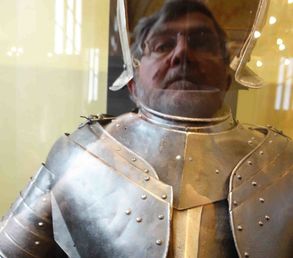
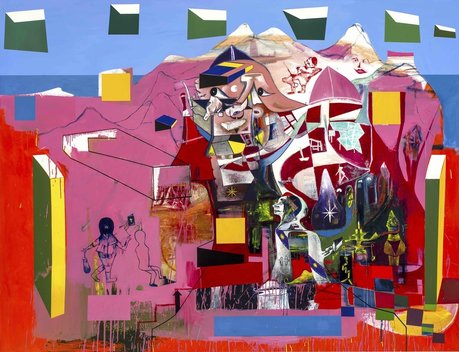
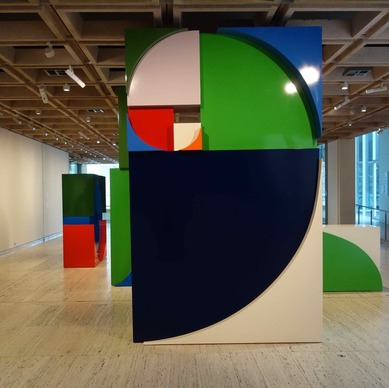
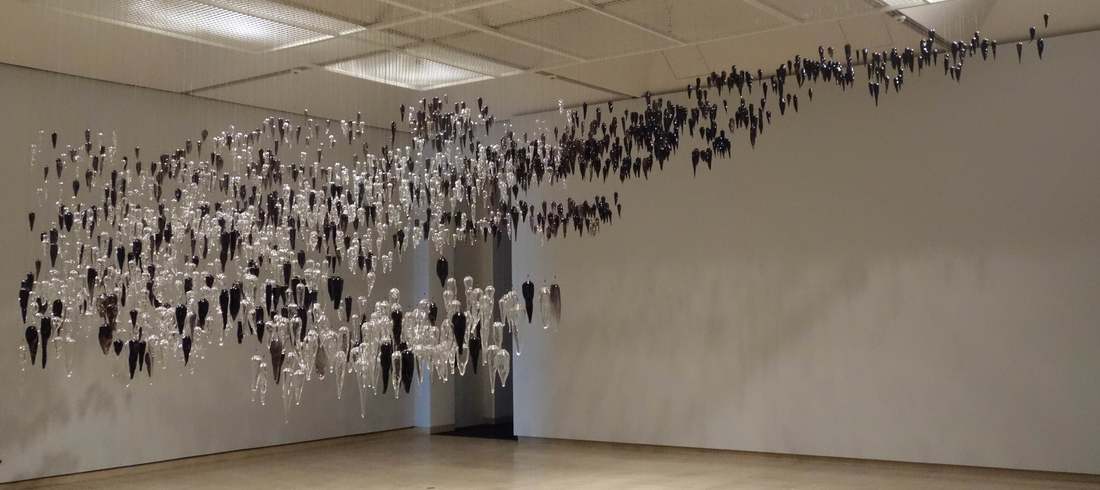
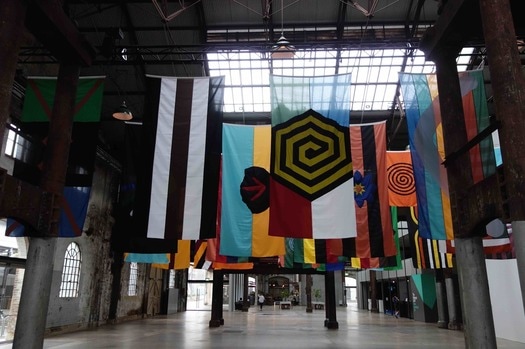
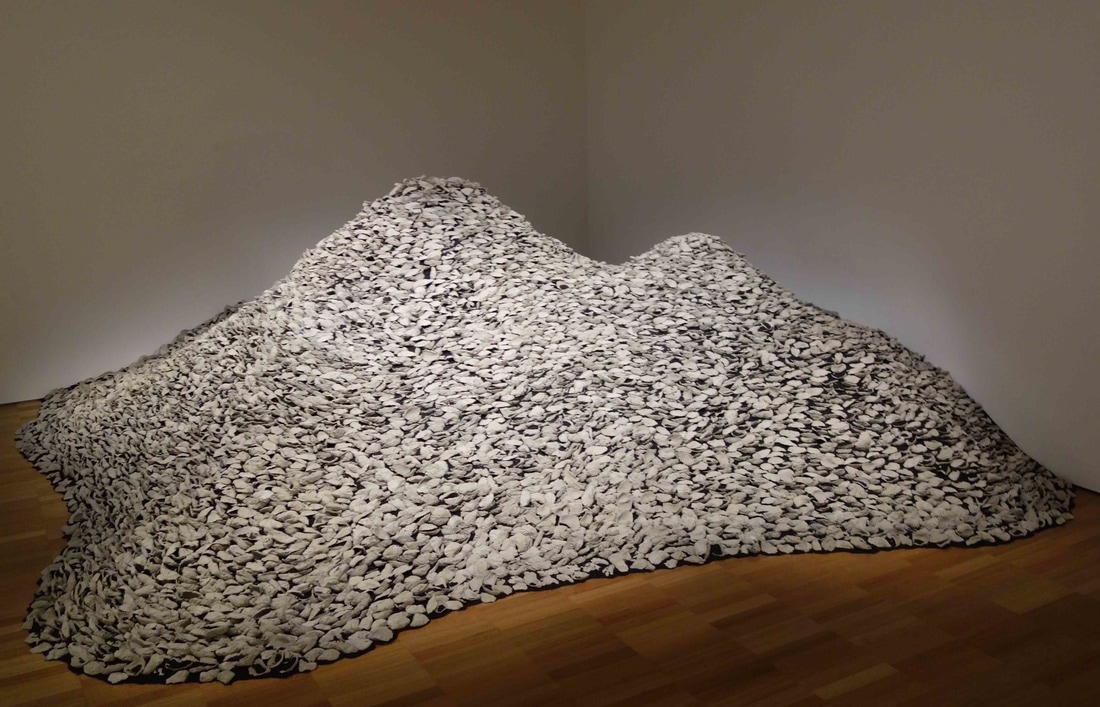
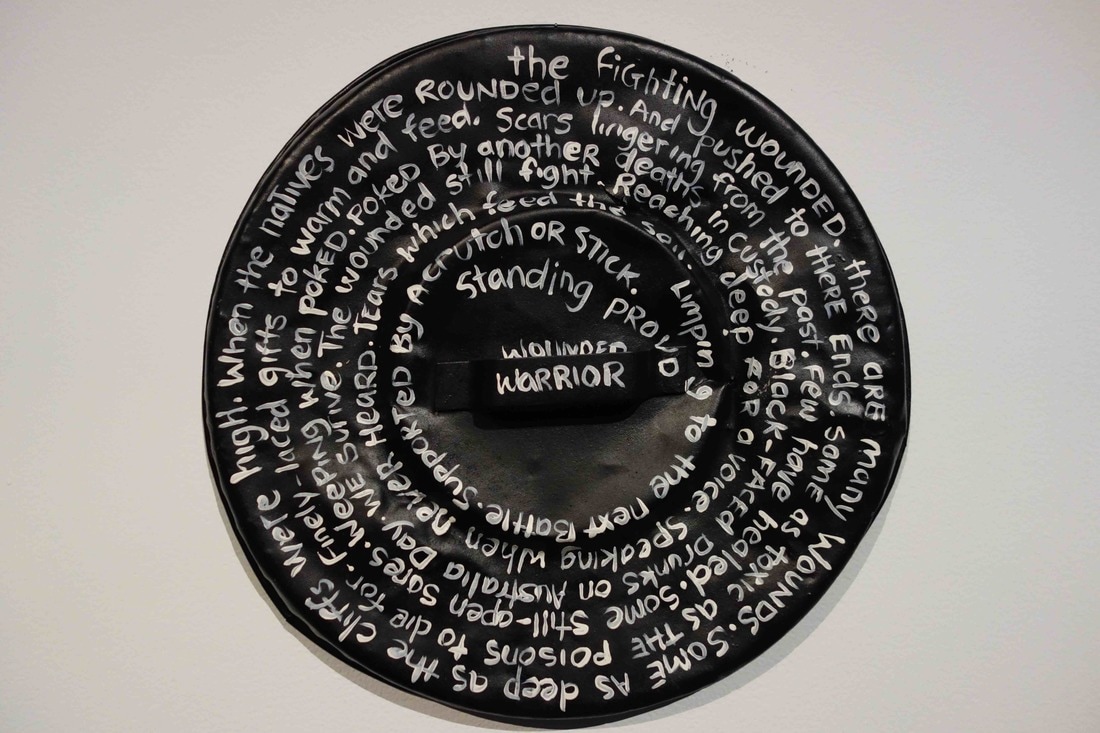
 RSS Feed
RSS Feed